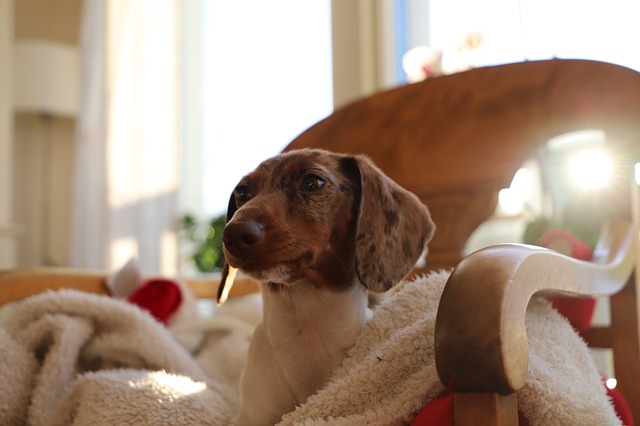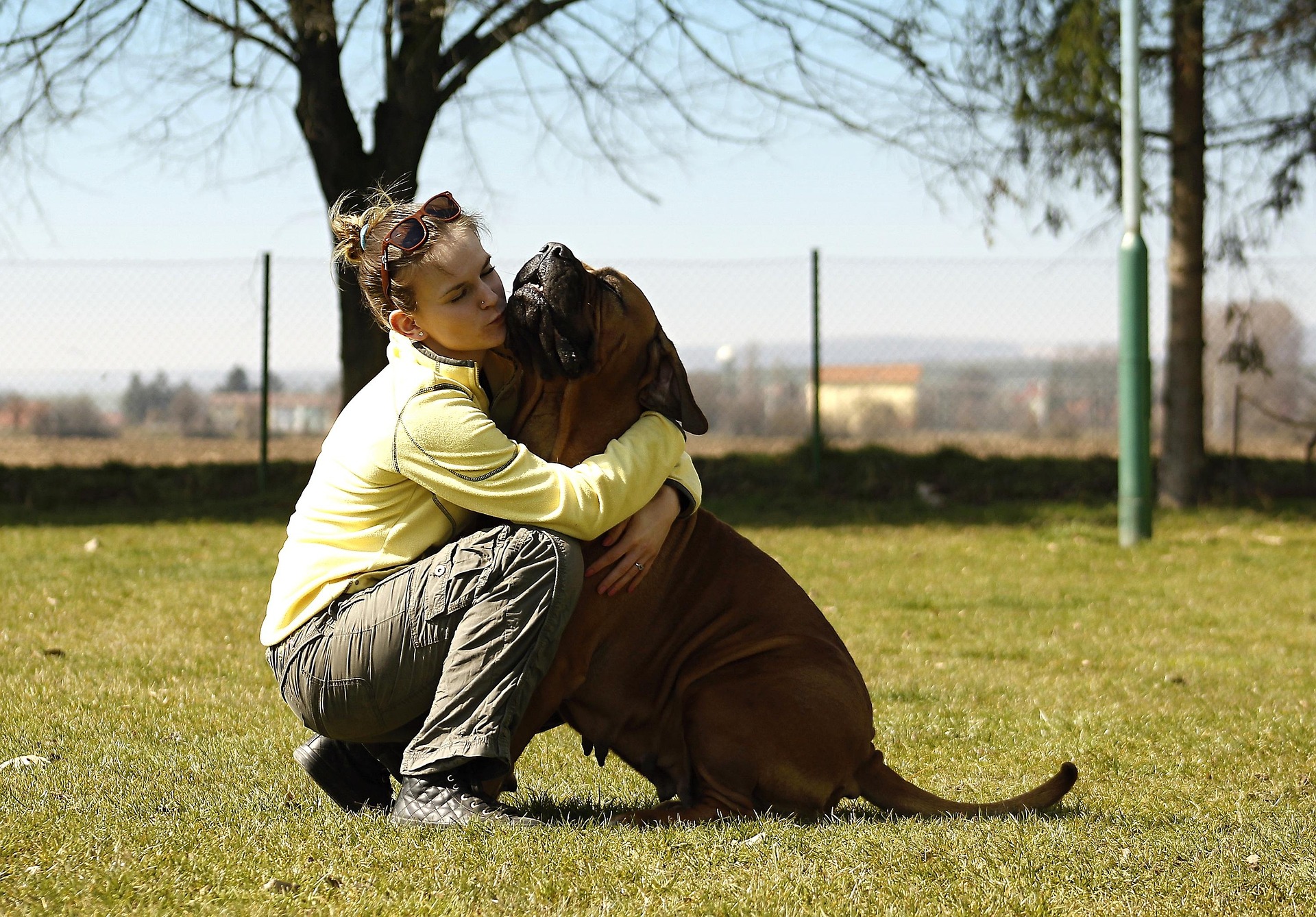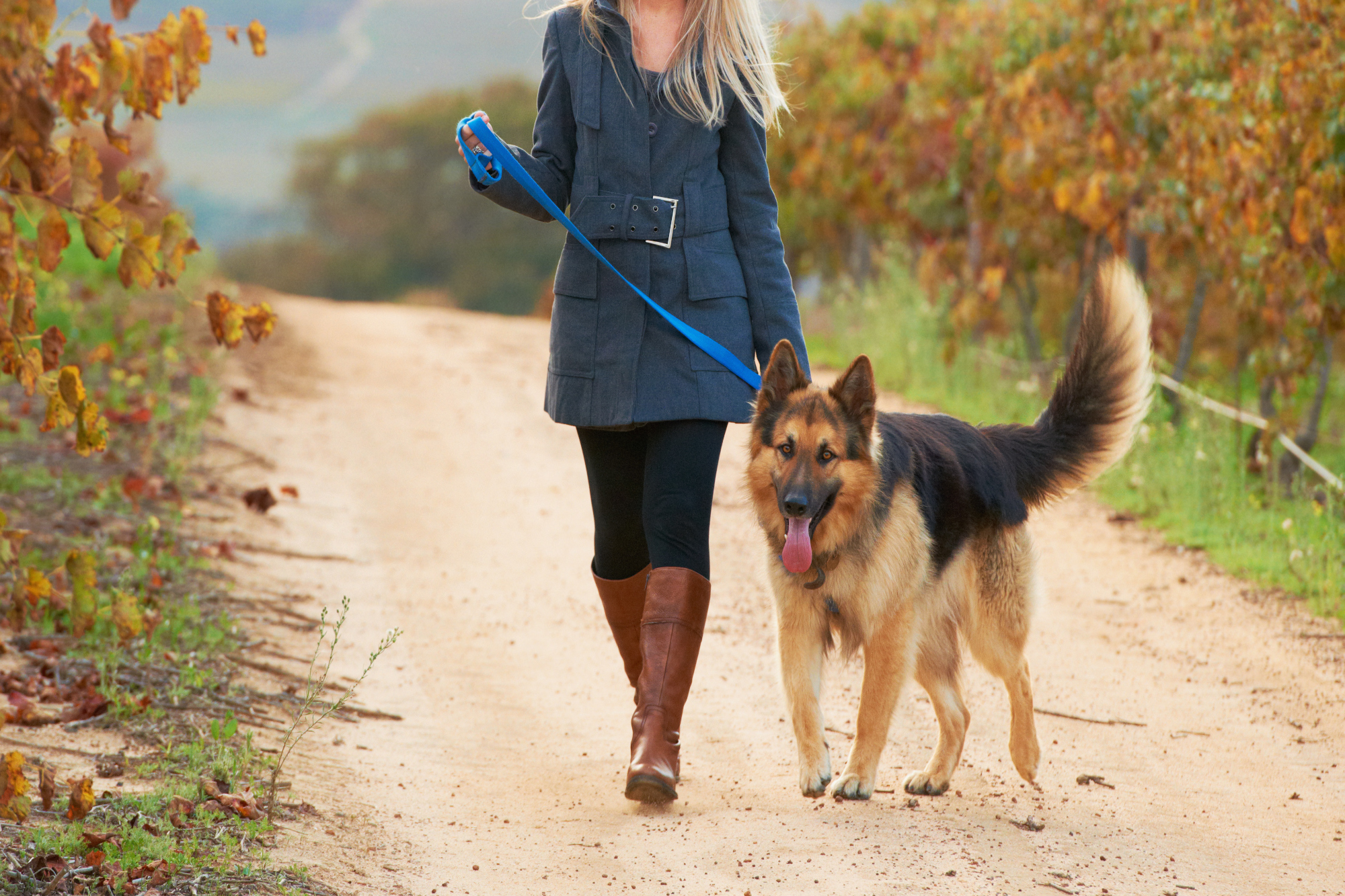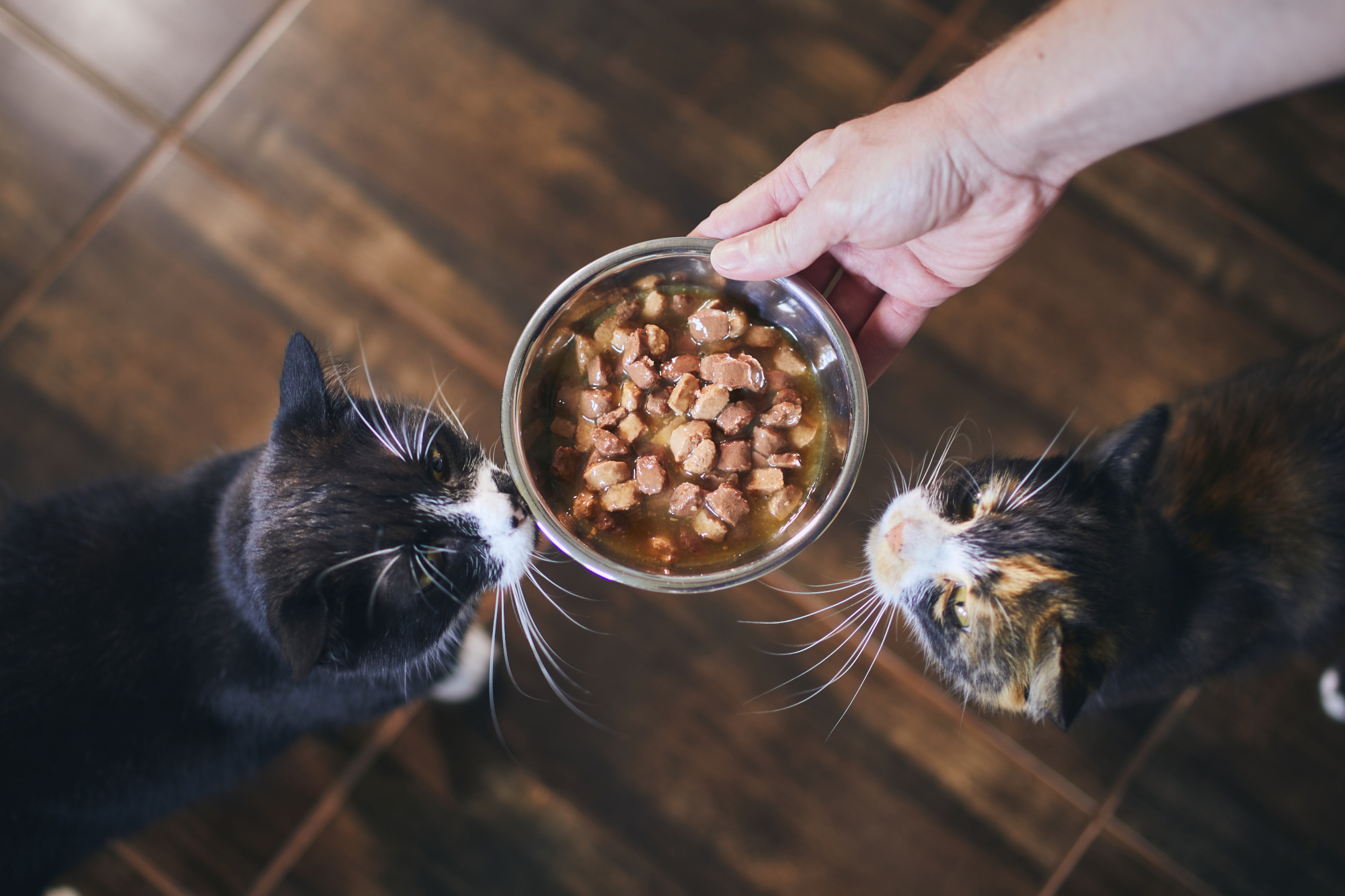Are you planning on bringing home a new dog? Adopting a new pet is one of life’s greatest joys, but it can also be a challenging experience. Your pooch may be understandably nervous when meeting your family and while adjusting to a new home and surroundings. By carefully planning and following a few basic steps, you can ensure your new pet is safe, healthy, and happy, both when the big day arrives and for years to come.
1. Find Ideal Spots in Your Home
Your new dog will be excited or anxious coming to a new home, so expect a few accidents to occur, perhaps for a few days. Choose areas that are easy to clean for your new pet’s bed, water and food dishes, and playtime areas. Scatter newspapers around for a few days to make “accident cleanup” easier.
Use baby gates to close off areas where you don’t want your dog to go. That way you have a chance to teach your pooch which rooms you would like to keep off limits.
2. Check for Danger Zones and Products
Inspect the areas and closets where you keep shoes, dirty clothes, and any makeup or personal care products that could be within your dog’s reach. Put things up high, store them in drawers, or put them behind doors fastened with ties to make sure your pet doesn’t have access to them. Some dogs love to chew on personal items and are attracted to anything with an interesting smell.
If you have a fireplace, make sure it is blocked by a screen or a grate. You may need to make the room where the fireplace is located off limits to your new dog if they get too curious.
Keep all of your cleaning products, chemicals, tools, plastic bags, sharp objects, and matches out of reach or in cabinets/closets that can’t be opened by a curious pup.
Remove small objects from tables that can be reached by your pet. The last thing you want to find is a sick dog that decided to chew on or swallow them, or knock them off and break them!
Keep valuable objects such as expensive vases and table lamps, as well as frequently used items such as cell phones, iPads, and remote controls out of reach.
If you store food on low shelves or keep munchies out on tables, be sure to remove them. Keep in mind that many foods for humans are poisonous for dogs, such as grapes and chocolate. Use safety latches on low cupboards to make sure your pet can’t reach your food or any garbage cans.
Remove plants from the floor, or put them behind furniture so your dog is not tempted to chew on the leaves or flowers. A few house plants that are toxic to pets include lilies, azaleas, irises, sago palm, and daffodils.
3. Hide Electrical Cords and Wires
Bundle cords and wires together and hide them safely behind furniture where your dog can’t reach and chew on them. If you can’t hide dangerous wires and cords, tape them against walls or furniture.
Don’t charge your phone or iPad in outlets that are on or near the floor, and don’t leave plug-ins dangling from outlets where your pet can reach them.
4. Take Precautions for Older Dogs
If you’re looking to adopt an older dog, please be aware of any mobility problems they may have. You also need to be aware that bare floors can be difficult for them. Keep your new senior dog out of rooms with hard, slippery floors, such as the kitchen and bathrooms, and keep them comfortable with carpets or rugs that are secured and won’t slide. If all of your floors are hard, consider buying booties with secure, rubberized soles made specifically for a senior pet.
If an older dog has trouble using the stairs without help, use baby gates to block them off, or invest in pet stairs, or a ramp. You may need a ramp to help an older dog climb into your car too. Raised feeders and heated beds are also great for senior dogs.
5. Purchase Food to Welcome Home Your New Pet
Purchase dog food, preferably a type appropriate for your dog’s age and veterinarian approved. Have a box of treats on hand; they are useful when training a dog, and some treats can even help keep your dog’s teeth clean.
Find out what your pet has been eating before introducing the food you want to provide. If there is a particular food to which your new dog is accustomed to, it is wise to keep offering it while introducing new foods. Gradually increase the amounts of the new food over a few days or weeks.
Make sure you are familiar with your pet’s normal eating schedule. You can adjust it over time to work with your own schedule and the feeding routine recommended by your veterinarian.
6. Purchase Items for Both Indoor and Outdoor Living
Have a collar and an ID tag purchased for the trip home when you go to collect your new dog.
A leash is essential no matter where you may live. You will occasionally have to take your pet with you in and out of a vehicle and having your dog on a leash and trained to heel will be a lifesaver in busy areas.
Have a comfy bed for your new pet, which should be chosen according to the dog’s size.
Be sure to invest in a pet carrier or crate because you may need one for travelling time to time. Be sure it’s a regulation carrier because homemade carriers are not as secure.
Purchase separate bowls for food and water each, keeping your dog’s size in mind. Metal bowls are easier to clean and a mat to place under them is a good idea as some dogs are pretty messy eaters! It is very nice to have a portable water-bottle-and-dish-combination, as well, for walking and hiking.
Have a brush and comb on hand, as well as shampoo, a toothbrush, and toothpaste specially made for dogs—toothpaste made for humans isn’t safe. The earlier pets are introduced to these care products, the faster they adjust to them and the healthier they will be.
You will certainly want to have a few toys for your new dog. Get toys your dog can safely chew on and are fun to play with for you as well!
7. Equip Your Home with Special Cleaning Items
You need to have appropriate cleaning products when you have a dog in the house, including an odor neutralizer. Whether you plan to allow your dog up on the furniture or not, he or she may decide to climb up on the bed or sofa and leave behind their own scent. It is a good idea to assume an accident might happen as well, so make sure your home is equipped with stain removers and repellants as well as paper towels.
Purchase a “pooper scooper” and plastic bags to take with you on walks or hikes. That way you can pick up your dog’s waste and dispose of it properly.
8. Post Lists as Reminders for Everyone
Talk to your veterinarian and set up an appointment before you collect your new dog, especially if there will be no veterinarian inspection first (normally there is a checkup at pet shelters before animals are released to new owners).
Post your veterinarian’s phone number and other emergency numbers—animal poison control, after-hours emergency care, etc.—in a place where everyone in the family as well as dog sitters or dog walkers can find them easily. Program these essential numbers into your phone, too.
Post “training words” as reminders to yourself, as well as for your family and visitors. For example, “down” is the usual word to use for dogs when you want them to stop jumping up on people, and “off” is the usual one to use when you want them to get off furniture. It is easy to see how dogs can receive conflicting messages if the word “off” is sometimes used in reference to jumping on people and “down” is used to instruct them to get down from furniture. It takes longer to train an animal if different instruction or “training words” are used.
Stay one step ahead of your new pet at all times, and remember to do a quick scan of areas to make sure nothing unsafe or hazardous has been left lying around. Also make sure that drawers and doors are securely closed when you leave a room.
With a little effort, you can have your home prepared for your new dog’s safety, well-being, and happiness. You can develop the habit of keeping it that way, which will ensure your happiness and peace of mind, too!
Creative Commons Attribution: Permission is granted to repost this article in its entirety with credit to Hastings Veterinary Hospital and a clickable link back to this page.






